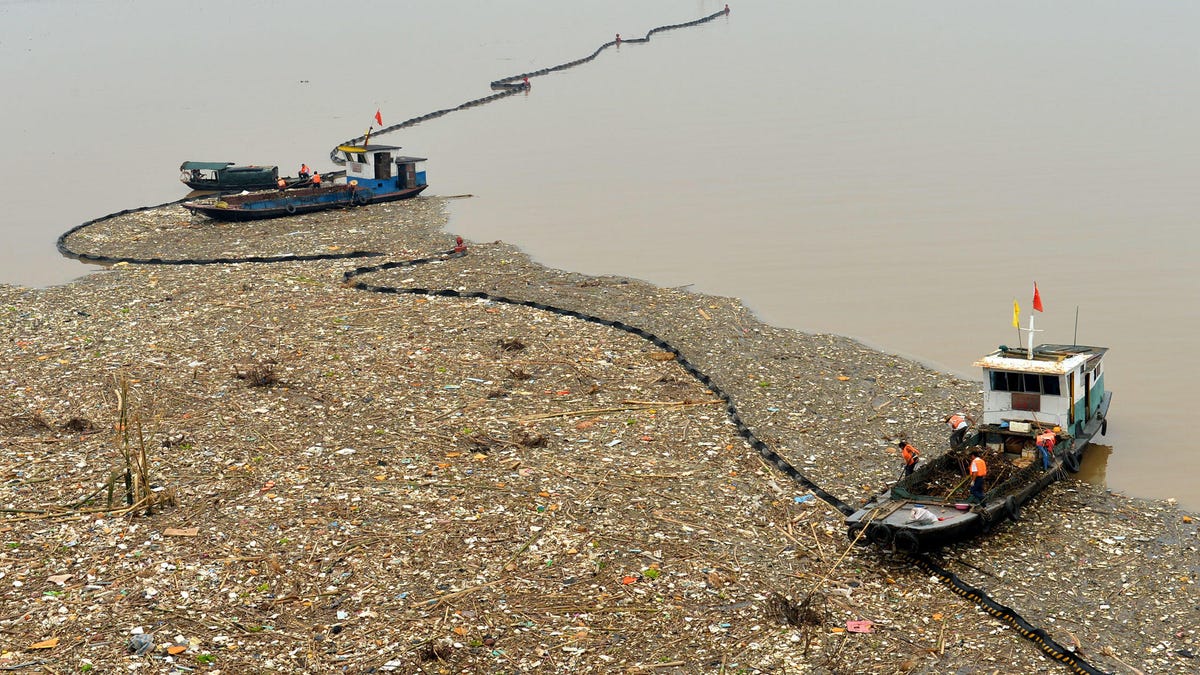Scientists discover Earth's deepest point is polluted by plastic
What lies beneath? Plastic. A lot of it.

While the deep ocean is filled with nightmarish creatures that terrorize even my waking thoughts, there's a much more terrifying crisis for the Earth: the plastic apocalypse.
New research, published in Geochemical Perspectives Letters in November, details the staggering amount of microplastics found even at the ocean's natural deepest point, the Mariana Trench. The crescent-shaped trench extends some 11 kilometres (6.83 miles) below the surface to the east of China and the Philippines, where no light can penetrate, temperatures hover between 1 and 4 degrees Celsius (34 to 39 Fahrenheit) and pressures of 16,000 psi -- around 1100 times the amount of pressure at the surface -- are experienced.
Its depth extends across "the hadal zone" which runs from around six to 11 kilometres deep. It might seem inhospitable but life still finds a way to thrive at depth. The extent of microplastics at this depth were not previously well understood and the new research shows just how ubiquitous the damaging particles seem to be. In fact, the research team go so far as to say it is "likely one of the largest sinks for microplastic debris on Earth".
The further below the surface the research team looked, the more microplastics they found, up to a maximum of 13.51 pieces per litre. This is around four times higher than previously reported data on plastics within subsurface water across in the Pacific and Atlantic oceans. The deep is swimming with the dangerous materials.
Moreover, the small plastics were not concentrated within water, but widely discovered in sediments between 7 and 11 kilometres down.
As for the source of the plastics, the researchers speculate that industrialized regions within the Northwest Pacific and the Great Pacific Garbage Patch as likely contributors. Plastics don't degrade in the ocean so there's really only two options for them: Float back to shore or drift down toward the depths. Sadly, the trench seems to be a pretty solid capture sink.
Microplastics are not just a problem for ocean life, where they may cause blockages and hormonal imbalances, but they can also travel up the food chain. With estimates suggesting that up to 13 million metric tonnes of plastic waste still entering the ocean in a given year, there's a pretty good chance you're eating plastics without even knowing.
The creatures down there may be terrifying nightmare monsters, but they pose no threat to us. The plastics apocalypse just might.
CNET's Holiday Gift Guide: The place to find the best tech gifts for 2018.
Rebooting the Reef: CNET dives deep into how tech can help save Australia's Great Barrier Reef.

